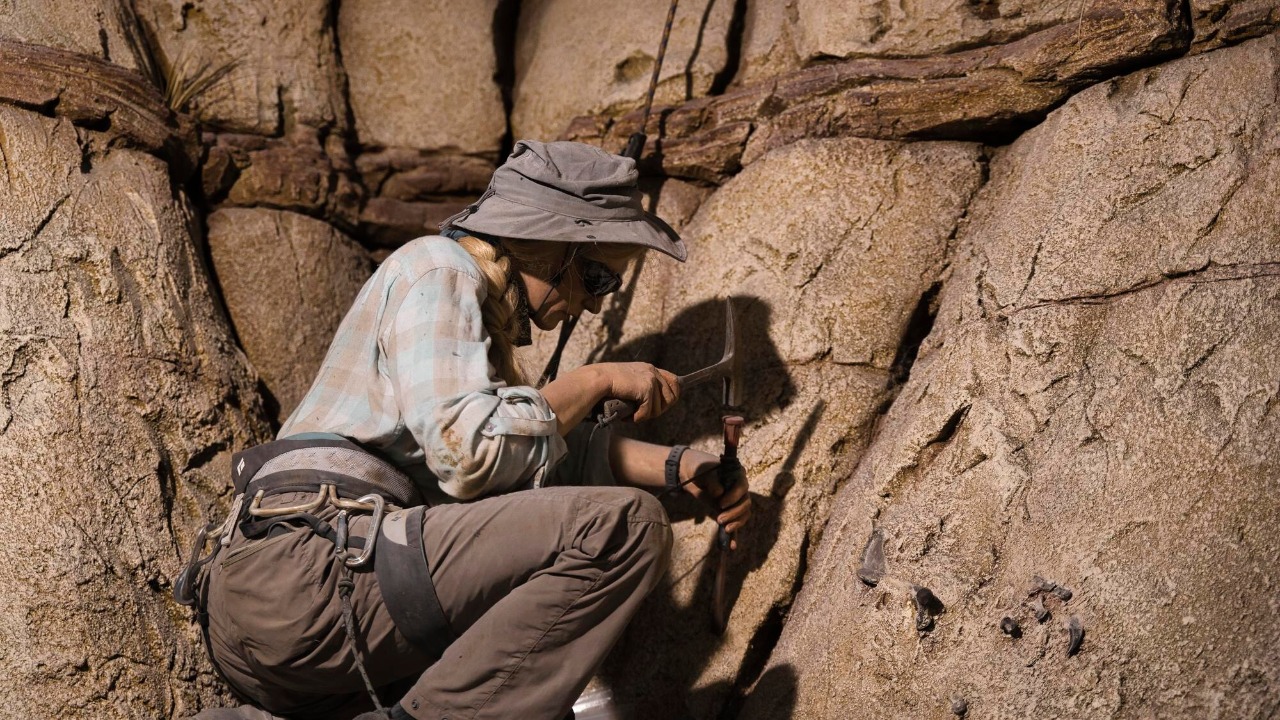
Throughout history, numerous archaeological discoveries have puzzled experts, challenging our understanding of ancient civilizations. From mysterious artifacts to puzzling inscriptions, these treasures continue to intrigue researchers and enthusiasts alike. Let’s delve into some of the most enigmatic finds that remain shrouded in mystery.
The Antikythera Mechanism
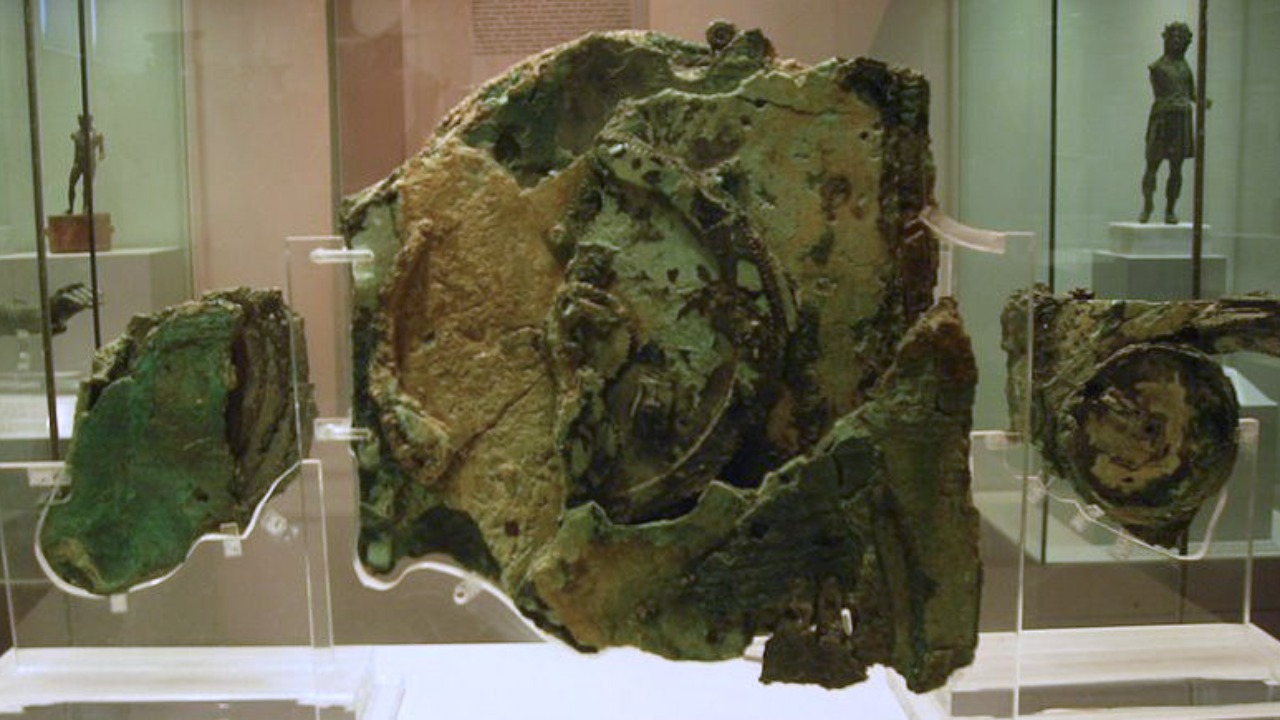
Discovered in a shipwreck off the coast of the Greek island Antikythera, this ancient device has captivated scientists since its recovery in 1901. Often described as the world’s first analog computer, the Antikythera Mechanism was used to predict astronomical positions and eclipses. Its complexity suggests a level of technological sophistication that was not thought possible for that era.
Despite extensive research, the precise origins and full capabilities of the mechanism remain elusive. The artifact continues to inspire awe and curiosity, with ongoing studies attempting to unlock its secrets and understand its full purpose.
The Voynich Manuscript

Housed at Yale University’s Beinecke Rare Book and Manuscript Library, the Voynich Manuscript is a mysterious book filled with undecipherable text and strange illustrations. Dating back to the early 15th century, its origins and purpose are unknown. The manuscript’s cryptic script has baffled linguists and codebreakers for generations.
Various theories have been proposed regarding its contents, ranging from a medieval medical text to an elaborate hoax. However, none have been definitively proven, leaving the Voynich Manuscript an enduring enigma in the world of historical texts.
The Phaistos Disc

Unearthed in 1908 at the Minoan palace of Phaistos on the island of Crete, the Phaistos Disc is a circular clay tablet inscribed with mysterious symbols. The disc’s purpose and the meaning of its inscription remain unknown, despite extensive study.
Some scholars suggest it could be an ancient form of writing, while others believe it might be a game board or calendar. The lack of similar discoveries makes it difficult to contextualize the disc within Minoan culture, further adding to its mystique.
The Baghdad Battery

The Baghdad Battery refers to a set of ancient artifacts discovered near Baghdad, Iraq, in the 1930s. These artifacts consist of ceramic pots, copper cylinders, and iron rods, which some researchers believe could have functioned as galvanic cells, or primitive batteries.
While the true purpose of the Baghdad Battery remains uncertain, the possibility that it was used to generate electricity challenges our understanding of ancient technological capabilities. Debate continues over its function, with some scholars suggesting it might have been used for electroplating or medicinal purposes.
Gobekli Tepe
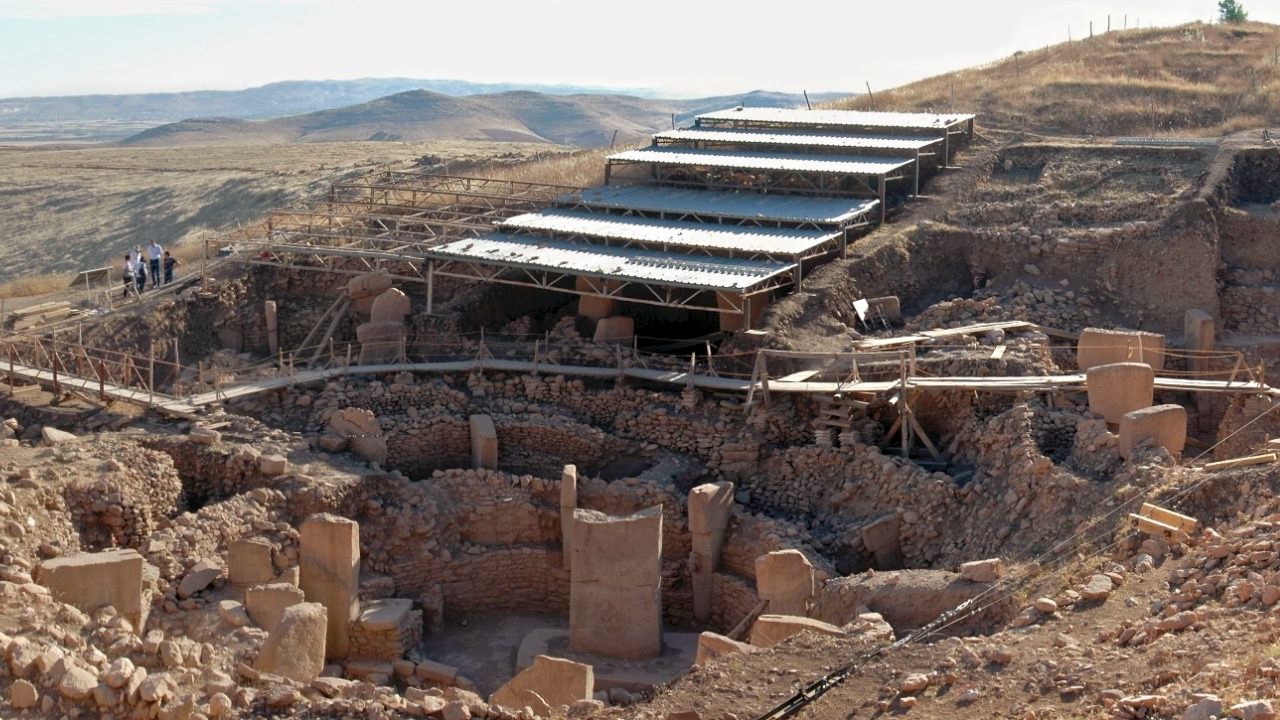
Located in modern-day Turkey, Gobekli Tepe is a prehistoric archaeological site that dates back to around 9600 BCE. The site consists of massive stone pillars arranged in circles, adorned with intricate carvings of animals and abstract symbols.
What makes Gobekli Tepe particularly fascinating is its age and complexity, predating Stonehenge by several thousand years. The site’s purpose is still debated, with theories ranging from a temple complex to a communal gathering place. Its discovery has reshaped our understanding of early human societies and their capabilities.
The Sacsayhuamán Walls

Perched above the city of Cusco in Peru, the Sacsayhuamán Walls are a testament to the engineering prowess of the Inca civilization. The walls consist of massive stone blocks, some weighing over 100 tons, expertly fitted together without mortar.
The construction techniques used to create these walls remain a subject of debate among archaeologists. The precision with which the stones were cut and assembled is remarkable, leading some to speculate about the use of lost technologies or methods.
The Nazca Lines
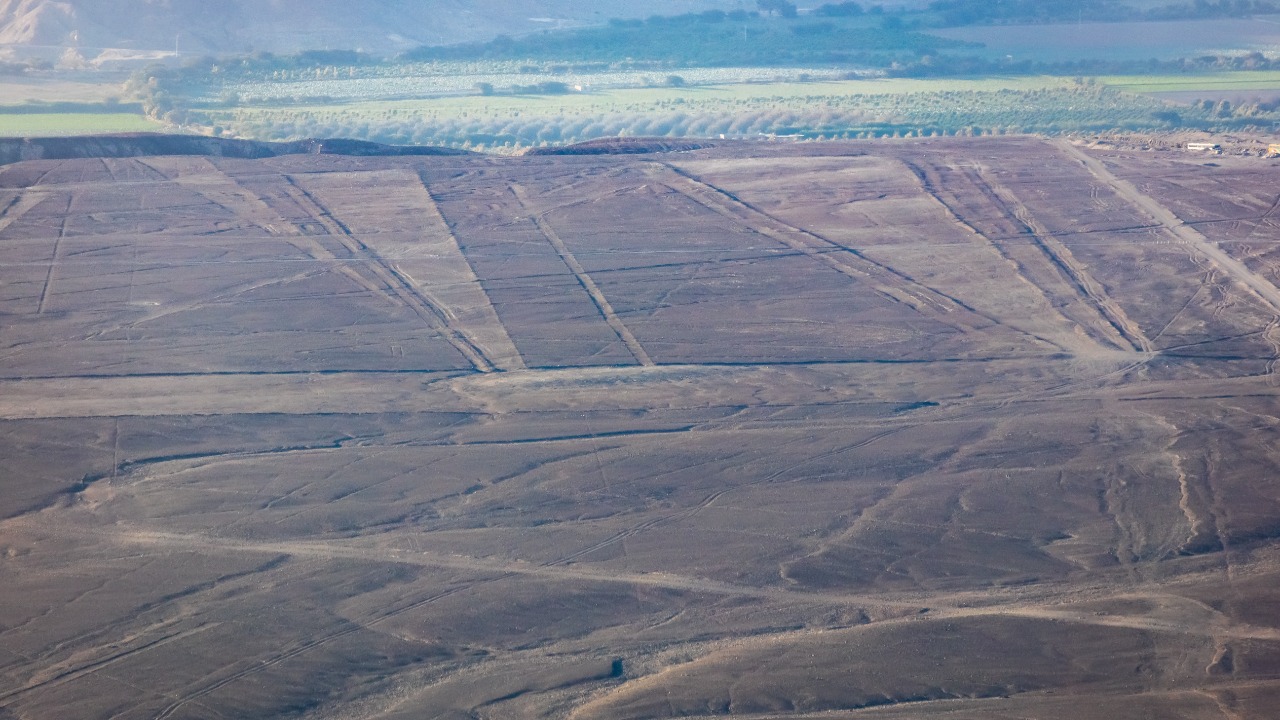
Etched into the desert plains of southern Peru, the Nazca Lines are a series of massive geoglyphs depicting various animals, plants, and geometric shapes. Created by the Nazca culture between 500 BCE and 500 CE, the lines are best viewed from the air, raising questions about their purpose and meaning.
Theories about the lines’ function range from astronomical calendars to religious offerings. Despite extensive study, the full significance of the Nazca Lines remains a mystery, continuing to captivate researchers and tourists alike.
The Shroud of Turin

The Shroud of Turin is a centuries-old linen cloth bearing the faint image of a man, believed by some to be Jesus Christ. Housed in the Cathedral of Saint John the Baptist in Turin, Italy, the shroud has been the subject of intense scientific and religious scrutiny.
Despite numerous tests and analyses, the origins and authenticity of the Shroud of Turin remain contentious. Radiocarbon dating suggests a medieval origin, contradicting claims of its biblical significance. The shroud continues to inspire debate and intrigue, with new research attempting to unlock its secrets.
The Ulfberht Swords
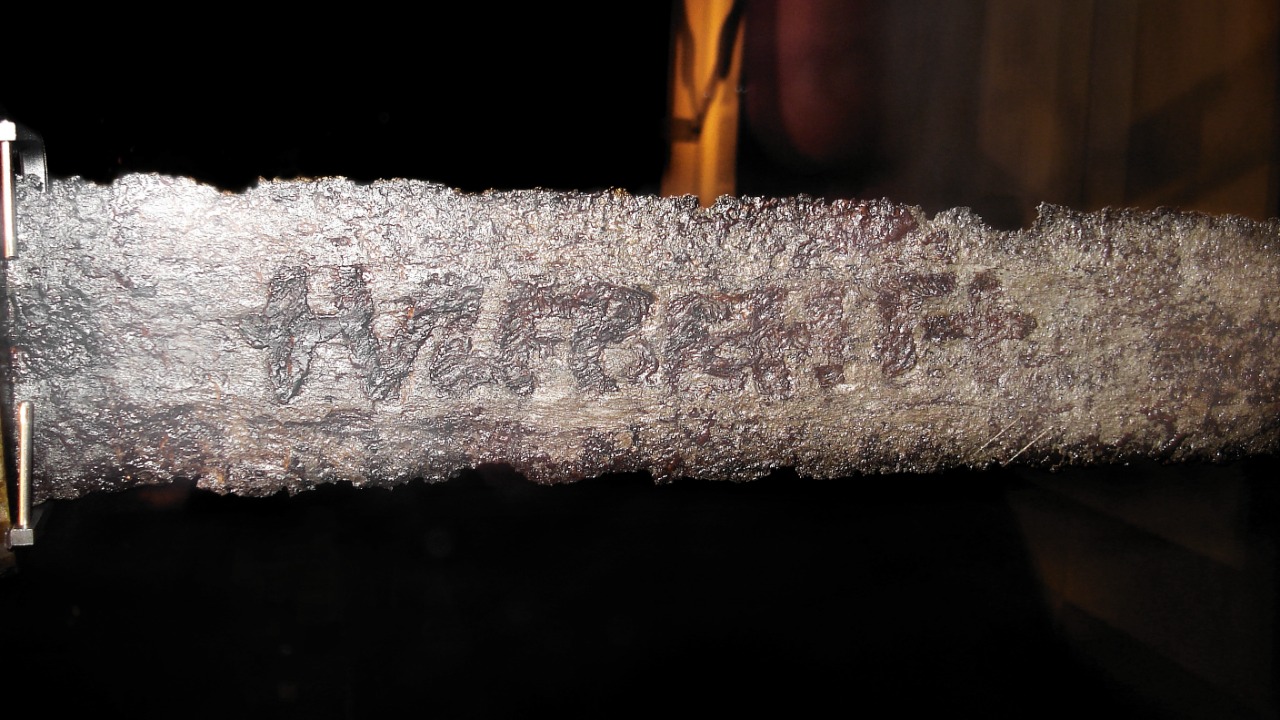
The Ulfberht Swords are a group of medieval swords discovered across Europe, dating from the 9th to the 11th centuries. Renowned for their exceptional quality and craftsmanship, these swords bear the inscription “+VLFBERH+T,” believed to be a maker’s mark.
The advanced metallurgical techniques used in their production were not thought to be possible until centuries later, leading to questions about the swords’ origins and the identity of their creators. The Ulfberht Swords remain a symbol of medieval innovation and mystery.
The Stone Spheres of Costa Rica

Scattered across the Diquis Delta in Costa Rica, the stone spheres are a collection of over 300 petrospheres, varying in size from a few centimeters to over two meters in diameter. Created by the Diquis culture, their purpose and method of creation remain unknown.The precision with which these spheres were carved and their alignment in groups has led to speculation about their use in astronomical observations or as status symbols. The stone spheres continue to intrigue both archaeologists and tourists.
The Cochno Stone

Discovered in 1887 near West Dunbartonshire, Scotland, the Cochno Stone is a large rock adorned with intricate cup and ring marks, dating back to the Neolithic or Bronze Age. The stone’s carvings include spirals, concentric circles, and other geometric shapes.
The meaning and purpose of these carvings remain a matter of debate among historians and archaeologists. Some suggest they may represent maps, astronomical charts, or religious symbols. The Cochno Stone continues to captivate those seeking to understand the beliefs and practices of ancient peoples.